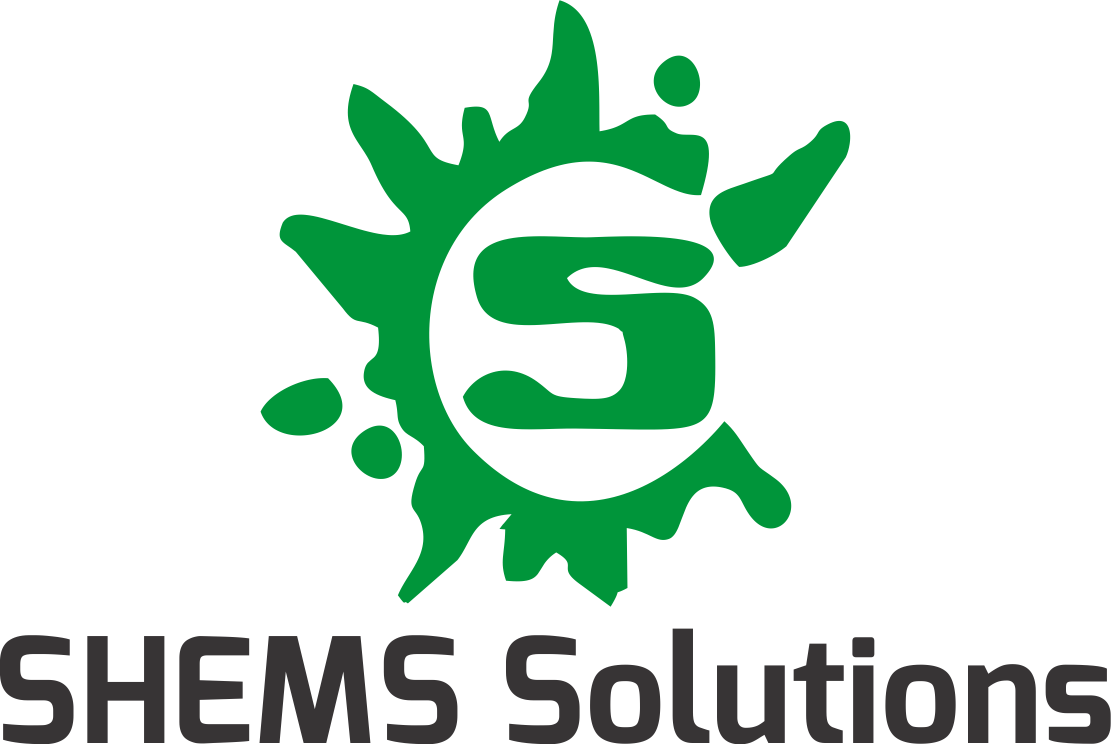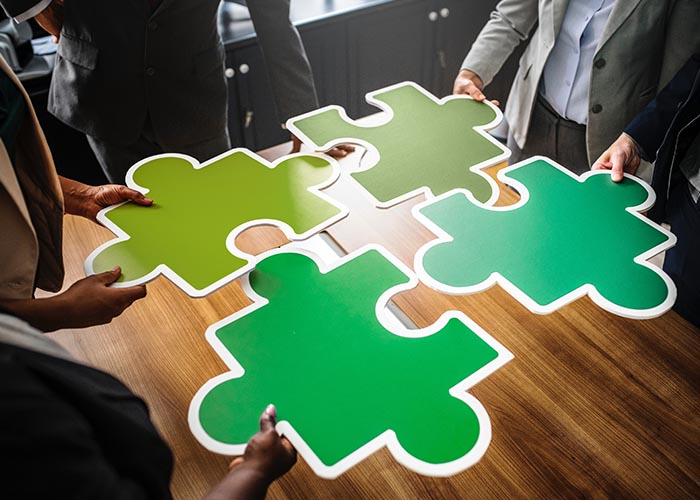Risk Management / Job Safety Analysis (JSA): Identifying hazards in the workplace and managing risk is an essential part of creating a safe work environment. Everyone has an obligation to identify and report potential hazards and adopt safe system of work. By law, its employer’s responsibility with a minimum of “5 Staff” to carry out Risk Assessment on all her operations.
Providing a safe workplace for employees, contractors and visitors is a fundamental legal responsibility of employers.
In order to avoid major incidents, which can result in loss of life and assets, organizations need to proactively introduce operational business process improvements and manage risks that exist within their operations.
Operational risk management consulting services provide an integrated approach to assess, predict and control risks in an operation and within production processes.




Follow Us!